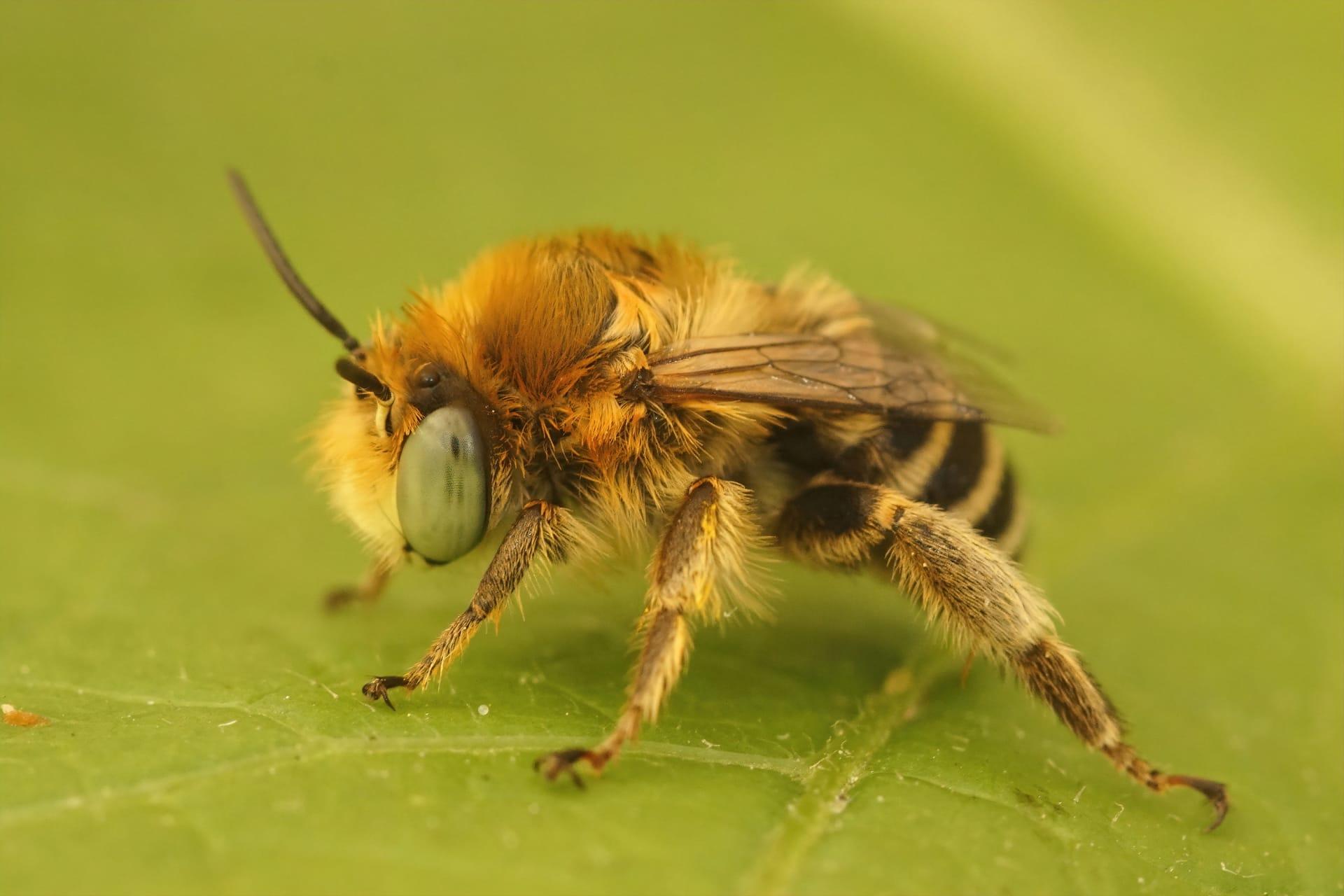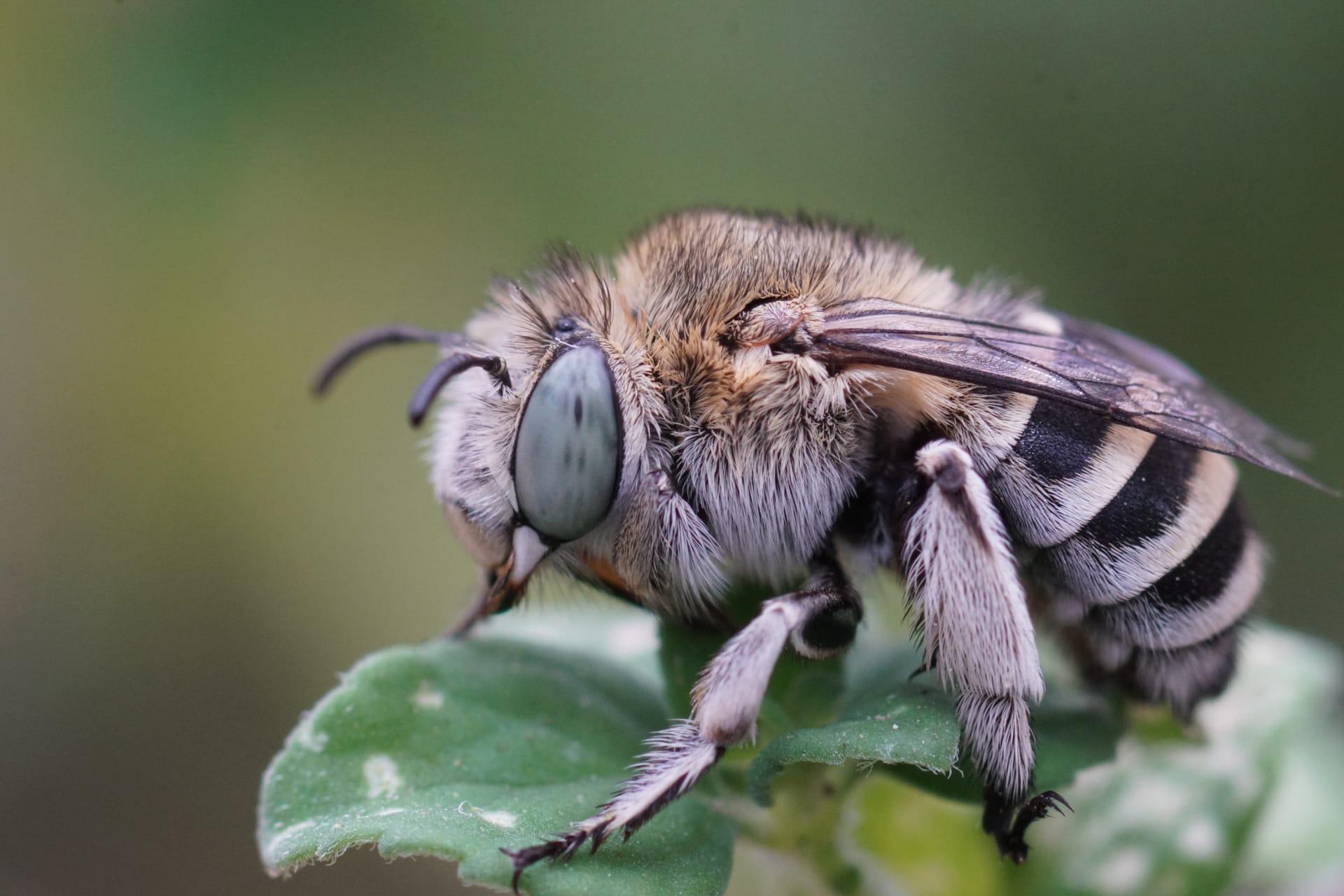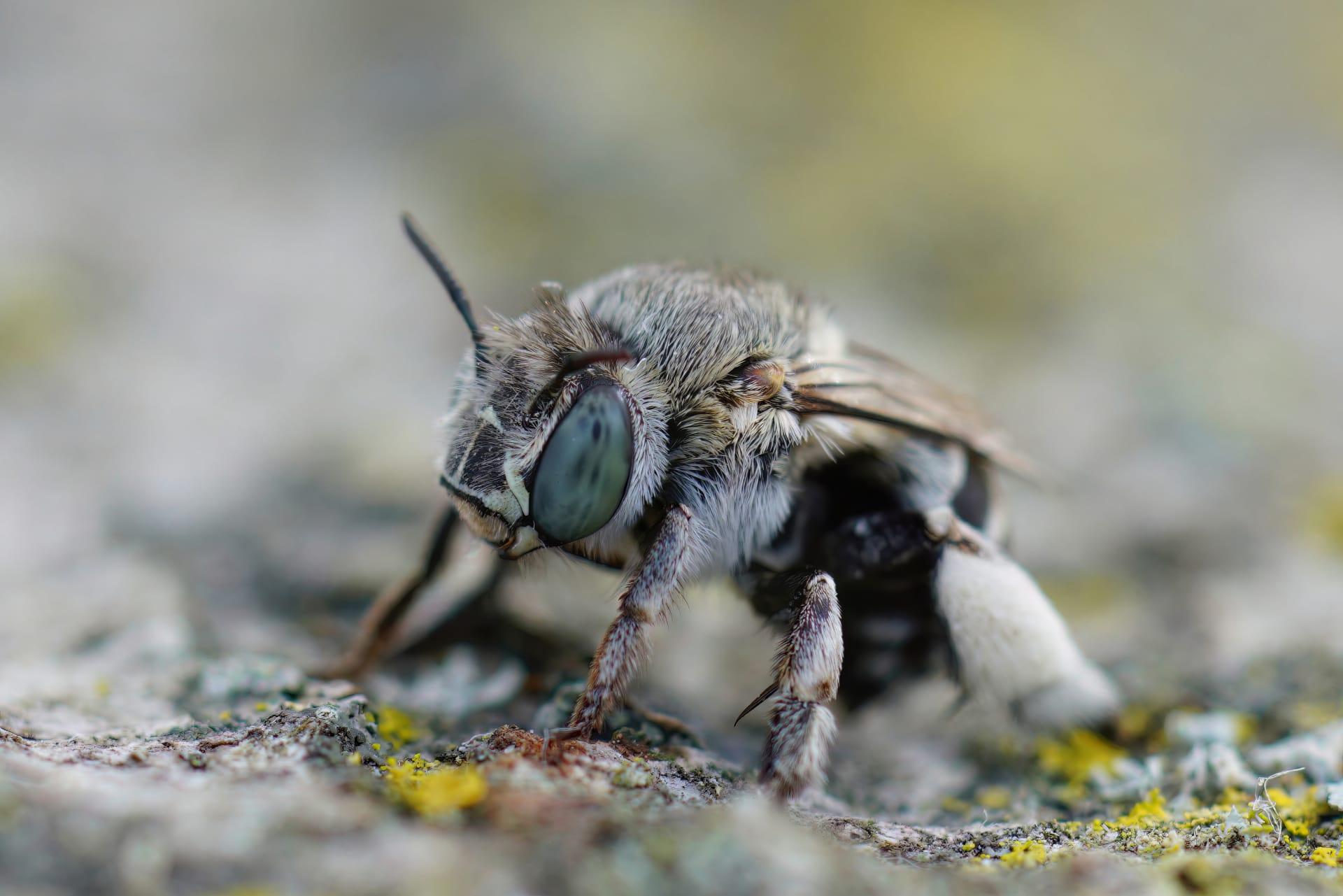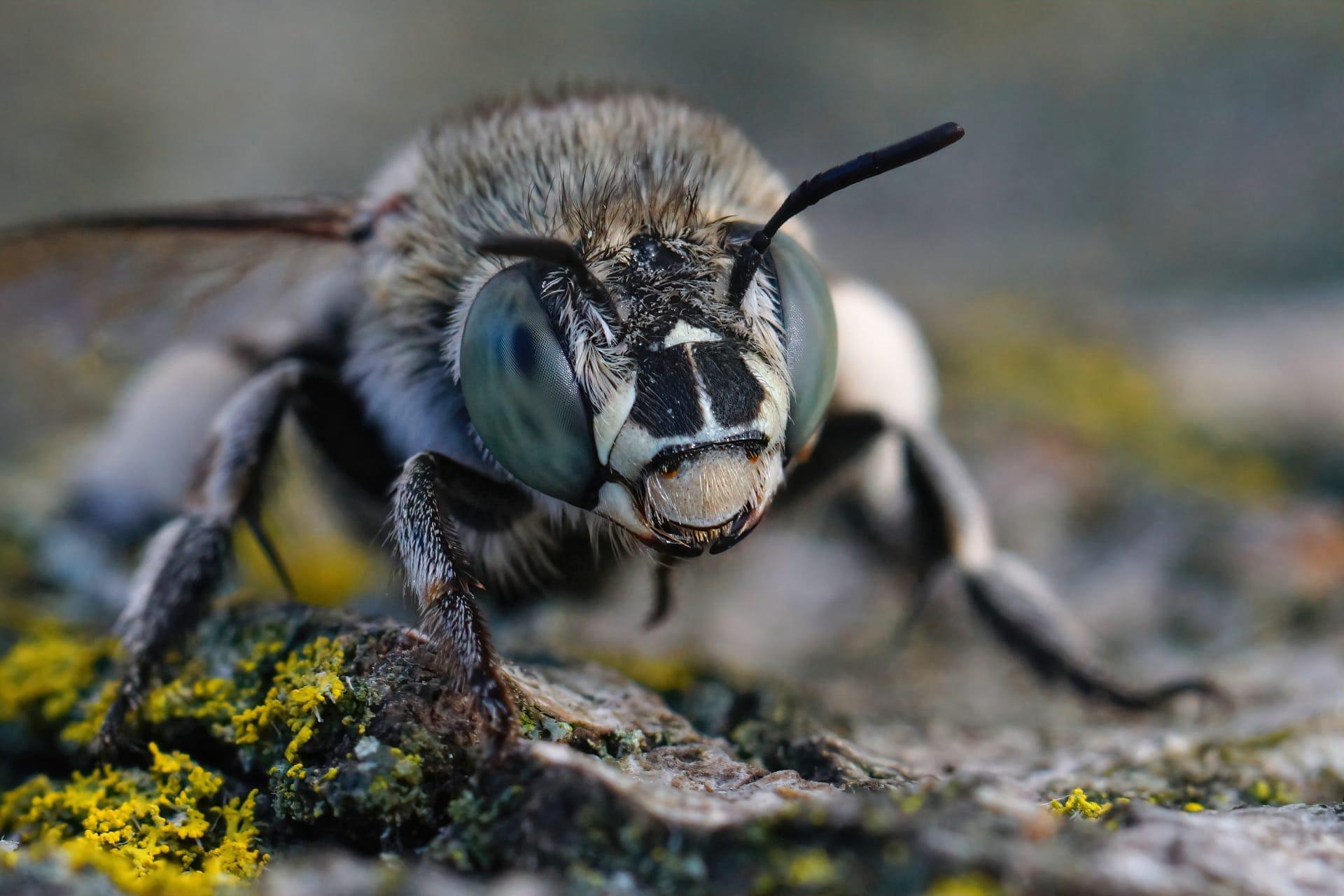1
Digger bees, known scientifically as Anthophoridae, showcase a fascinating behavior of nest construction. Unlike the communal living of honeybees, digger bees are solitary creatures. Each female digger bee meticulously crafts her own burrow in the ground, often in sandy, well-drained soils. These burrows can be quite elaborate, extending up to 10 inches deep. Inside, the bee creates separate chambers for each of her eggs. She lines each chamber with a waxy substance secreted from her body, which serves as a waterproofing agent and protects the developing larvae from moisture.
Another intriguing aspect of digger bees is their contribution to plant pollination. Despite their solitary nature, they play a crucial role in the ecosystem. Each female visits numerous flowers daily for nectar and pollen, inadvertently transferring pollen from one flower to another. This process is vital for the reproduction of many plant species. In fact, digger bees are considered more efficient pollinators than honeybees for certain crops, such as blueberries and apples, due to their habit of "buzz pollination," where they vibrate their bodies at a specific frequency to dislodge pollen more effectively.

2
Digger bees have a unique defense mechanism against predators. When threatened, they can rapidly vibrate their flight muscles without moving their wings. This vibration produces a high-pitched buzzing sound, which can deter potential predators. This ability not only helps them escape from immediate danger but also serves as a warning to other nearby bees.
Their reproductive cycle is another point of interest. Digger bees have a relatively short lifespan, living only for about four to six weeks. During this time, the female bee's primary focus is to reproduce and secure the future of her offspring. After mating, she lays one egg in each chamber of her nest. Alongside the egg, she deposits a mixture of nectar and pollen, which serves as food for the larva once it hatches. This careful preparation ensures that her young have everything they need to grow, even after her demise.

3
Regarding their appearance, digger bees vary significantly in size and color. They range from about 0.3 to 0.8 inches in length, and their bodies can be black, metallic green, or even blue. Some species have distinct stripes or bands of color on their abdomen. This diversity in appearance is not just for show; it plays a crucial role in their survival, as it helps them blend into their natural habitats and avoid predators.
Their foraging habits are quite efficient. Digger bees prefer to forage in sunny, warm conditions, typically avoiding windy or rainy weather. They have an excellent sense of direction, which allows them to locate their nests easily after long foraging trips. This keen navigation skill is essential for their survival, ensuring they can return to their nests to lay eggs and store food reliably.

4
Digger bees exhibit an interesting phenomenon known as "flower fidelity." This means that once a bee starts visiting a particular species of flower, she tends to stick with that species for a while. This behavior significantly benefits the plants because it ensures more effective cross-pollination, as the bee transfers pollen between flowers of the same species.
Their nesting sites are often reused year after year. While individual bees do not live long enough to reuse their nests, their offspring frequently return to the same nesting areas to establish their own burrows. This behavior indicates a strong site fidelity, which can lead to the formation of large nesting aggregations over time, with hundreds of individual burrows in a small area.

5
Interestingly, digger bees have a mutualistic relationship with certain types of fungi. Some species of these bees have been observed to incorporate fungal mycelium into their nests. The fungi benefit from the stable environment and nutrients provided by the bee's nest, while in return, they help protect the bee larvae from pathogens and perhaps aid in the decomposition of organic materials, enriching the nest environment.
Finally, the mating behavior of digger bees is quite distinctive. Males typically emerge from their nests before females and often hover around the nesting sites waiting for females to emerge. Once a female appears, the males quickly fly towards her, competing with each other to mate. This behavior results in a dynamic and competitive mating ritual, which is crucial for ensuring the continuation of their species.